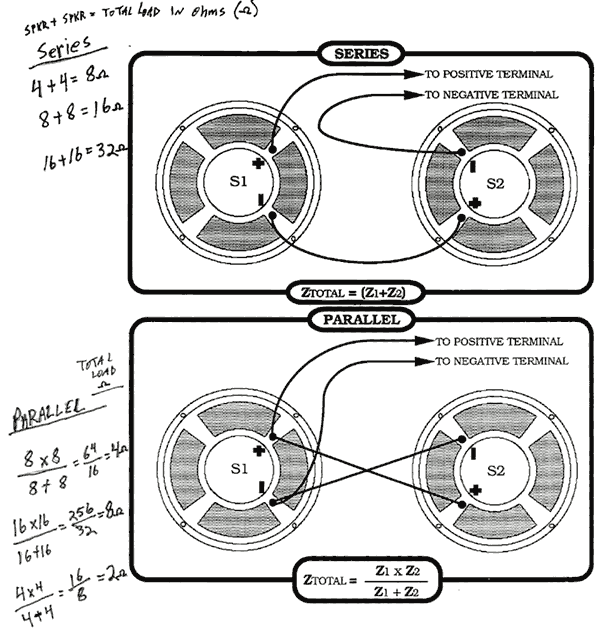Under-powering speakers is more a concern with PA, hi-fi applications etc where solid state amps are used. When a SS power amp is driven to clipping it creates square-wave distortion which not only sounds like *** but it is harmful to speakers. You can easily blow a 1000W speaker with one watt if you are trying to make the speaker reproduce a sound it cant (square wave). In these applications its actually better to have as much (or more) power than the speaker is rated for, as the amps have more headroom and most PA type speakers can handle double their rated power in short bursts as long as the signal is "clean".
Where tube-type guitar amps are concerned, you WANT the amp to clip...thats the overdriven sound we all love. Tubes have a much softer clip than SS amps, and guitar speakers are designed to handle it. Lower wattage guitar speakers tend to break up at lower vol's (some like this sound, for blues, rock etc) High-power speakers stay tighter, typically have deeper bass, and better definition (some people say this makes them sterile-sounding). Since the amp is driven to clipping (even soft clip), you want spk's that can hold more power than the amp is rated, so you dont blow them.
Amps (tube or SS) are usually rated at max power at the onset of clipping...so your 100-watt guitar head is easily capable of 150 or even 200W when overdriven.























